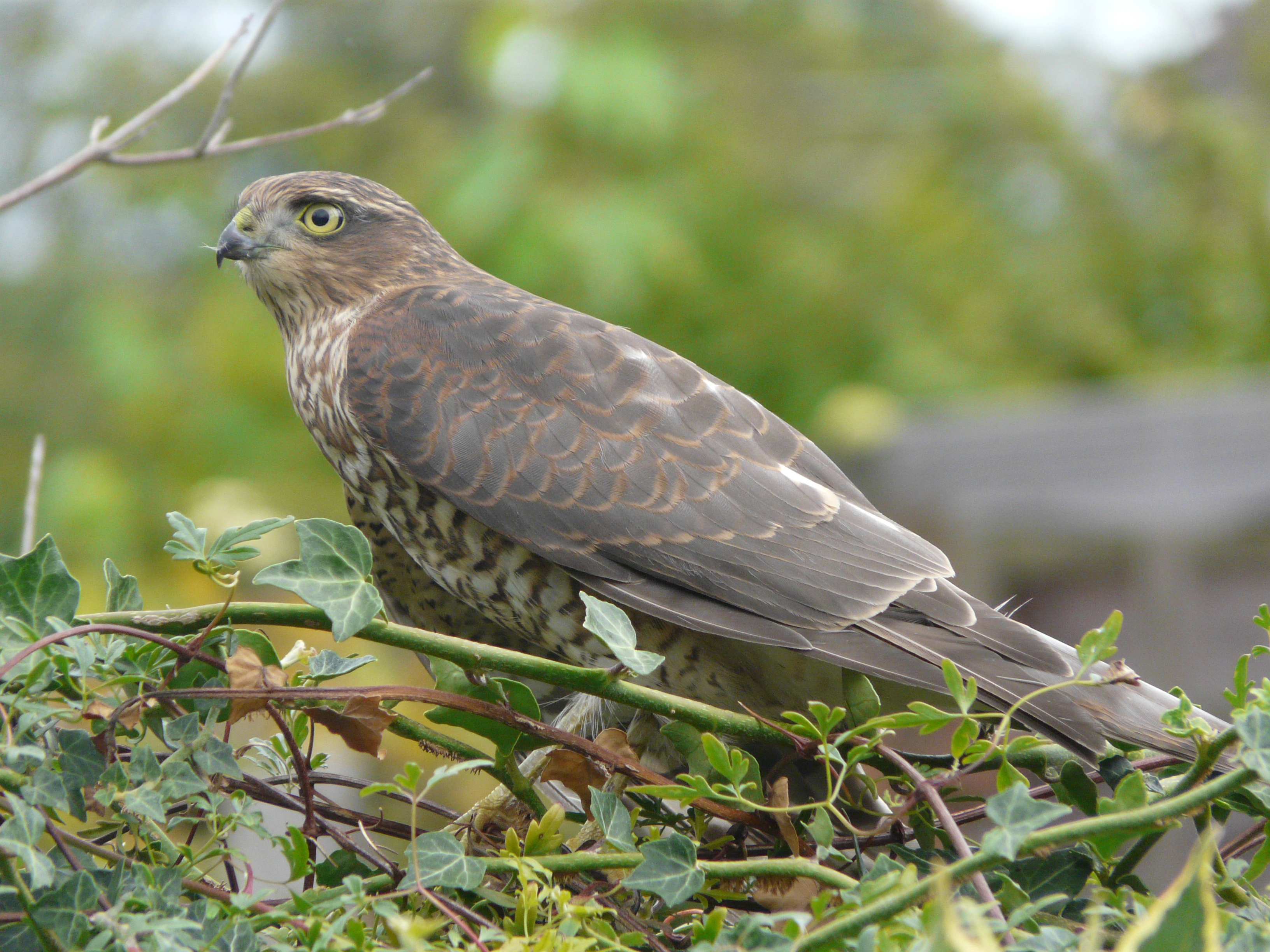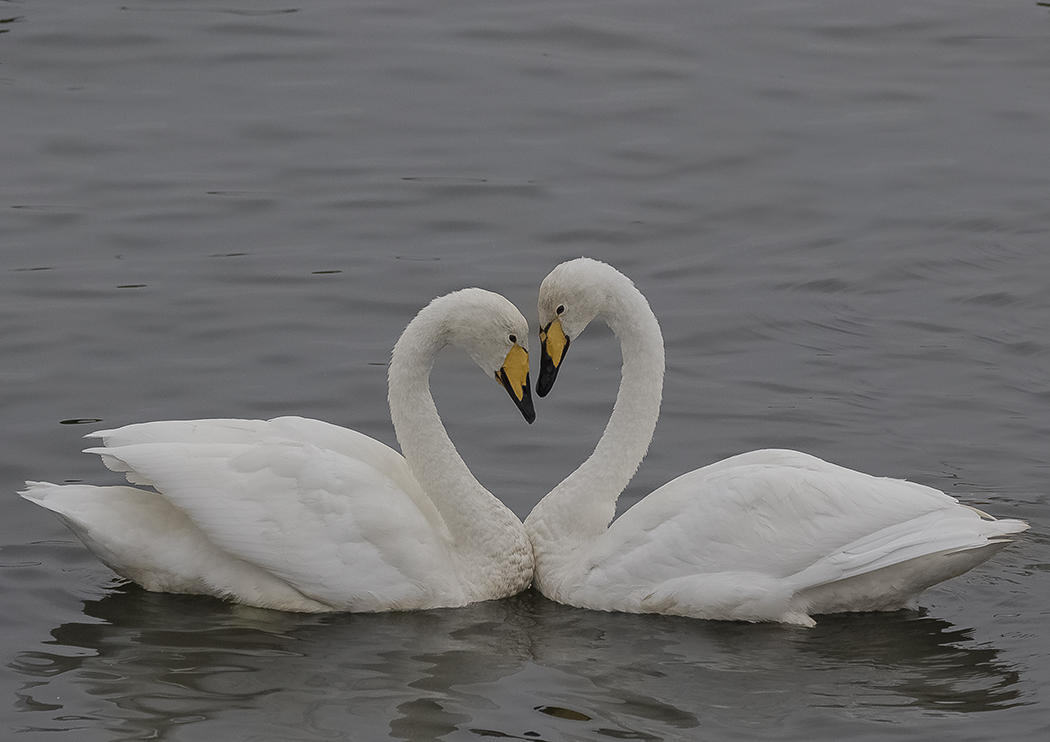Some Counts
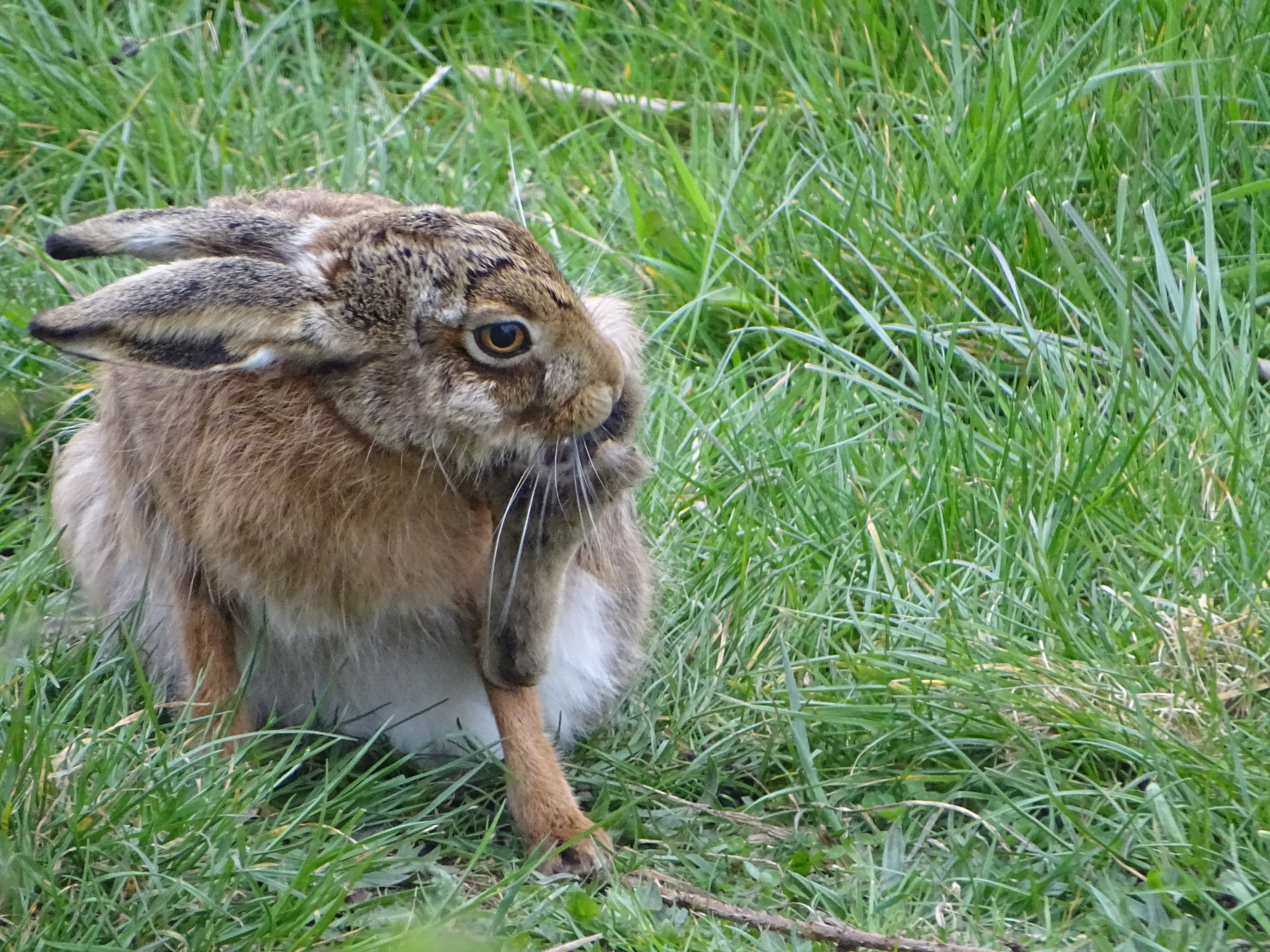
Although the clocks have gone forward the temperature has dropped backed. Still, we are heading in the right direction with more signs of spring and wintering birds decreasing in number.
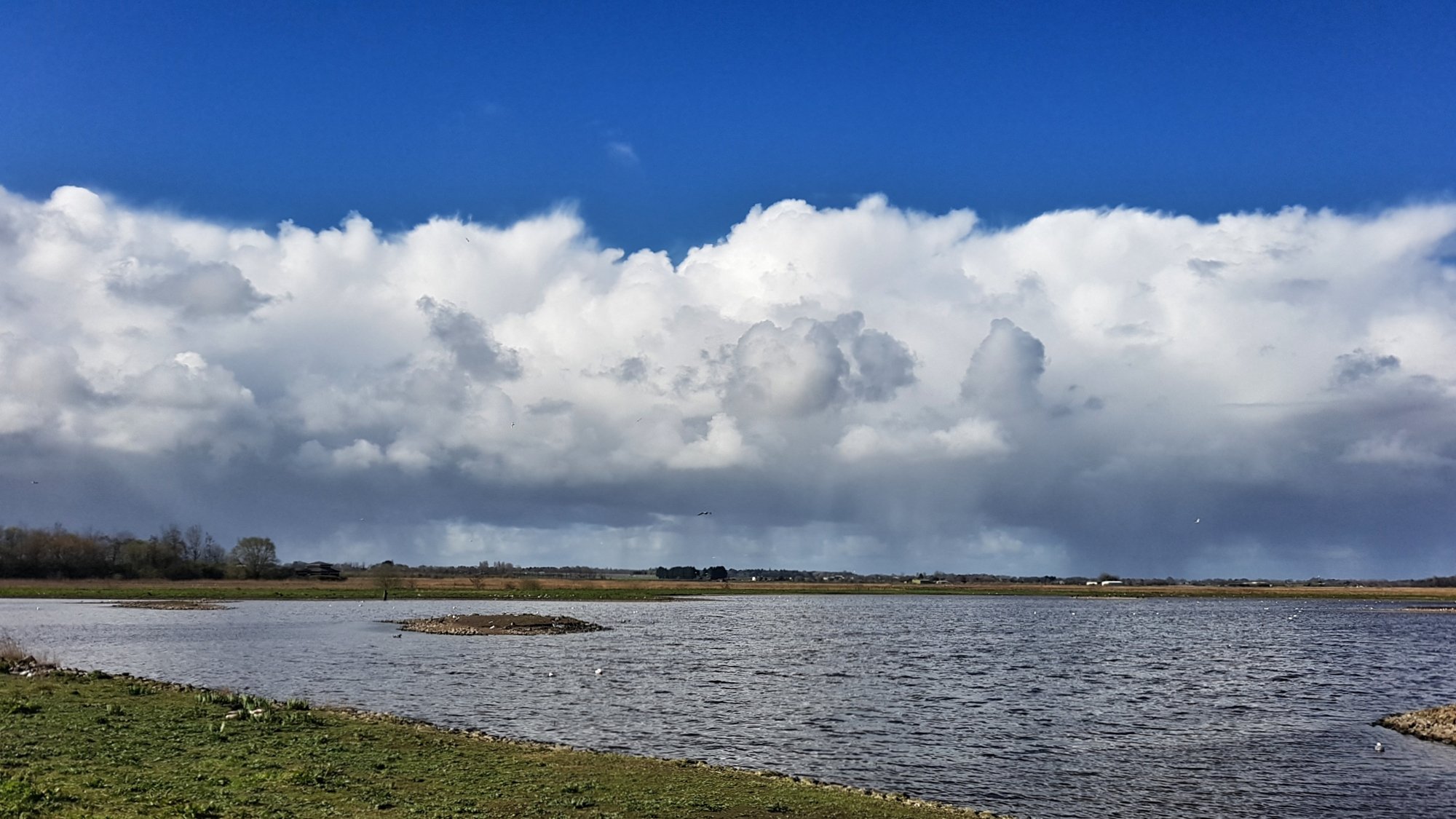
Small numbers of Whooper Swan still present, possibly including birds that are heading North through the reserve that have wintered further South. Locally good numbers of Pink-footed Geese on the coast with small flocks occasionally visiting the reserve.
Duck numbers; 420+ Mallard, 240 Shelduck, 160 Teal, 20+ Wigeon, 30 Shoveler, 8 Gadwall, 13 Pochard, 2 Pintail, 25 Tufted Duck. Also 78 Greylag, 84 Canada Geese and 2 Mute Swan.
On the wader front at least 27 pairs of Lapwing, c.60 Avocet, 20+ Oystercatcher, 60+ Black-tailed Godwit, c.20 Ruff, 4 Redshank, some Snipe. A group of 38 Golden Plover flew North today.
Up to 1000 Black-headed Gull present getting ready for the breeding season. At least 6 Med Gulls regularly on the Mere. A few Lesser Black-backed Gull present with more flying over. also 2 Great Black-backed around. Interesting to see a fair few Herring and Common Gull dropping in recently as they head further North.
From the Harrier Hide 2 Great-crested Grebe and 2 Little Grebe.
Three Little Egret are about and one or two Grey Heron visiting.
Small groups of Sand Martin daily recently with over 70 on the Reed Bed this morning.
Blackcaps singing near the Kingfisher Hide and near the Sewage Works. Plenty of Chiffchaff around the reserve. At least 3 singing Cetti's Warbler on the Reed Bed Walk. Won't be too long before the first Willow Warbler will be heard.
Ringtail Hen Harrier again today, showing well in the afternoon, 4+ Buzzard, Marsh Harrier, Kestrel and Sparrowhawk.
A pair of House Sparrow on the feeders next to the Raines Hide are the first seen on the reserve for a few years. Tree Sparrow breed on site and are the default sparrow here.
The feeders around the reserve are visited by Chaffinch, Goldfinch, Greenfinch, Great-spotted Woodpecker, Great, Blue, Coal and Long-tailed Tits. Reed Bunting can show well and April can still be a good time to pick up migrating Brambling, Redpoll and Siskin on the feeders.

Brown Hare are active on the reserve. Great shot by Maria Scullion near the Harrier Hide. also sightings of Roe Deer and Stoat recently.
The public footpath that runs around the edge of the reserve has been reliable for Bullfinch, Linnet, Corn Bunting, Yellowhammer, Red-legged Partridge and occasionally Grey Partridge.
If you use twitter you can now tweet your sightings using the #WWTMartinMere hashtag. If it is a big rarity do speak to someone on site, preferably the in focus team so they can get the news out to everybody ASAP.
Alternatively just pop in at the in focus shop next to the Discovery Hide and they will be pleased to hear about any sightings or counts. They will also be able to tell you were the best spots are for specific species and give you the most up to date new regarding what's being seen.
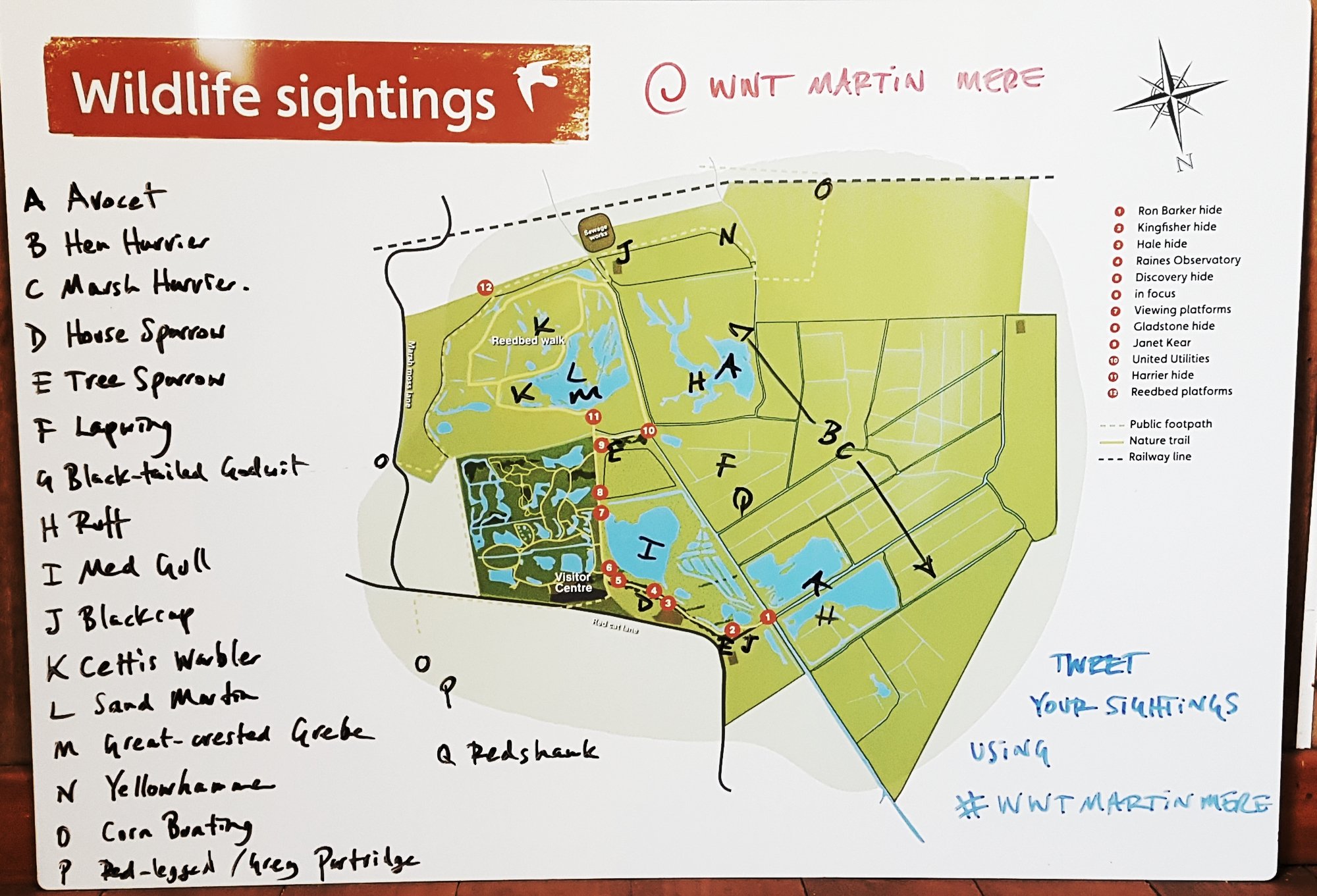
AB
